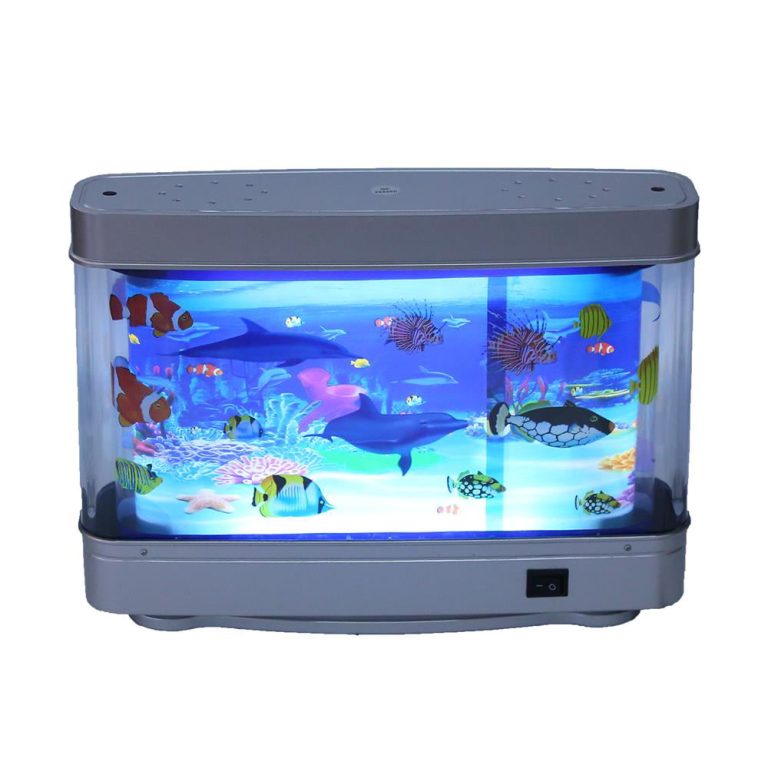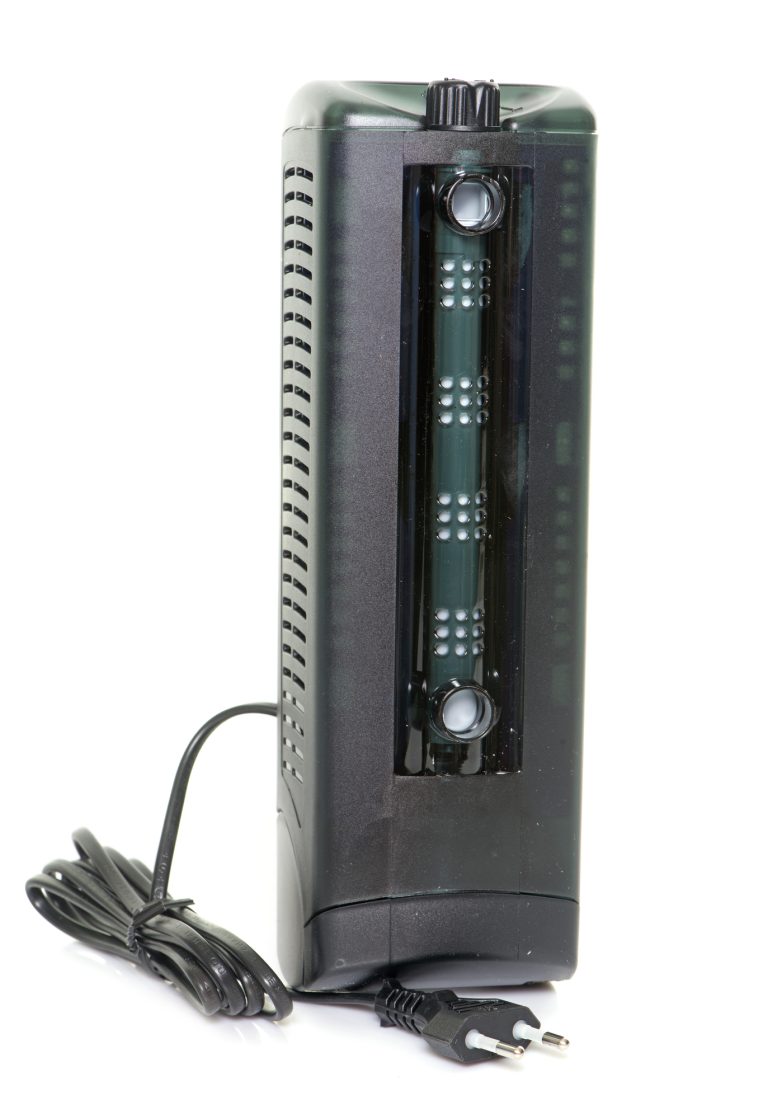Why Does My Fish Tank Smell Like Mold
Have you noticed a foul odor coming from your fish tank? Does it smell like mold? If so, you’re not alone. Many fish tank owners have experienced this issue at some point. But why does your fish tank smell like mold? In this article, we’ll explore the possible causes of this unpleasant odor and provide solutions to get rid of it. Let’s dive in!
Why does my fish tank smell like mold?
A fish tank smelling like mold can be a sign of several underlying issues. The most common causes include:
1. Poor water quality: When the water in your fish tank becomes contaminated with waste products, uneaten food, or decaying plants, it can create a breeding ground for bacteria and mold. This can lead to a foul odor emanating from the tank.
2. Insufficient filtration: Inadequate filtration can result in the accumulation of organic matter in the tank, leading to the growth of mold and bacteria. Without proper filtration, waste cannot be effectively removed from the water, causing it to become stagnant and odorous.
3. Overfeeding: Feeding your fish excessively can contribute to the buildup of uneaten food in the tank. This excess food can decompose, leading to the growth of mold and bacteria, which produce the foul odor.
4. Dead or decaying matter: If a fish or any other living organism in your tank dies and goes unnoticed, it can decompose and create a moldy smell. Additionally, decaying plants or uneaten food can also cause this issue.
Now that we understand the possible causes, let’s explore some solutions to get rid of the moldy smell in your fish tank.

Regular maintenance and cleaning
Keeping your fish tank clean is crucial to prevent the buildup of organic matter and the growth of mold. Here are a few steps you can take:
1. Regular water changes: Replace a portion of the water in your tank regularly to remove toxins and waste products. Aim for a weekly water change of 10-20%, depending on the size of your tank.
2. Vacuum substrate: Use a gravel vacuum to remove debris and waste that has settled on the substrate. This will help prevent the accumulation of organic matter and reduce the risk of mold growth.
3. Clean tank decorations: Remove and clean any tank decorations, such as artificial plants or rocks, to remove any mold or bacteria that may have formed on them. Scrub them with a brush and rinse thoroughly before returning them to the tank.
4. Check and clean the filter: Make sure your filter is functioning properly and clean it regularly to remove any trapped debris. This will improve water circulation and filtration, reducing the chance of mold and bacteria growth.
Proper feeding habits
Overfeeding is a common mistake among fish tank owners. To prevent mold and bacteria growth, follow these feeding guidelines:
1. Feed in moderation: Give your fish an amount of food they can consume within a few minutes. Overfeeding not only leads to mold growth but can also cause water quality problems and health issues for your fish.
2. Remove excess food: If you notice uneaten food in the tank after feeding, use a net or siphon to remove it. Leaving excess food in the tank will only contribute to the buildup of organic matter and mold growth.
3. Consider feeding frequency: Depending on the type of fish you have, you may need to adjust the feeding frequency. Some fish require multiple small meals throughout the day, while others only need one or two feedings. Research the specific dietary needs of your fish to ensure you’re feeding them correctly.
Improving filtration
An effective filtration system is essential for maintaining water quality and preventing mold growth. Consider the following:
1. Appropriate filter size: Ensure that your filter is sized appropriately for your tank. It should be able to handle the volume of water and the bio-load created by your fish.
2. Mechanical and biological filtration: Use a filter media that provides both mechanical and biological filtration. Mechanical filtration removes debris and waste particles, while biological filtration breaks down harmful substances like ammonia and nitrites. This will help keep your tank clean and decrease the chances of mold formation.
3. Regular filter maintenance: Clean or replace filter media regularly, as recommended by the manufacturer. This will prevent clogs and ensure optimal filtration.
By following these tips, you can maintain a clean and odor-free fish tank. However, if the moldy smell persists despite your best efforts, consider seeking professional advice or consulting with a veterinarian specializing in fish health.
Frequently Asked Questions
1: Can low water flow in the tank contribute to the moldy smell?
Yes, low water flow can promote the growth of mold and bacteria. Insufficient water circulation provides stagnant conditions that encourage the buildup of organic matter, leading to the moldy smell. Ensure that your filter is properly set up to create adequate water flow in the tank.
2: Can using activated carbon help eliminate the moldy smell?
Activated carbon can be effective in removing odors from the water. This porous material absorbs impurities and can help eliminate the moldy smell. However, activated carbon should be replaced regularly, as it loses its effectiveness over time.
3: Is a fish tank smelling like mold harmful to the fish?
A moldy smell in the fish tank is typically an indication of poor water quality. High levels of mold and bacteria can be harmful to your fish’s health. It is essential to address the underlying issues and improve water conditions to ensure the well-being of your fish.
Final Thoughts
A fish tank should not smell like mold. If you notice a moldy odor, it’s essential to take action to address the underlying issues and improve water quality. Regular maintenance, proper feeding habits, and appropriate filtration are key to preventing the growth of mold and bacteria in your fish tank. By following these steps and seeking professional advice if needed, you can maintain a clean and healthy environment for your fish to thrive in.






